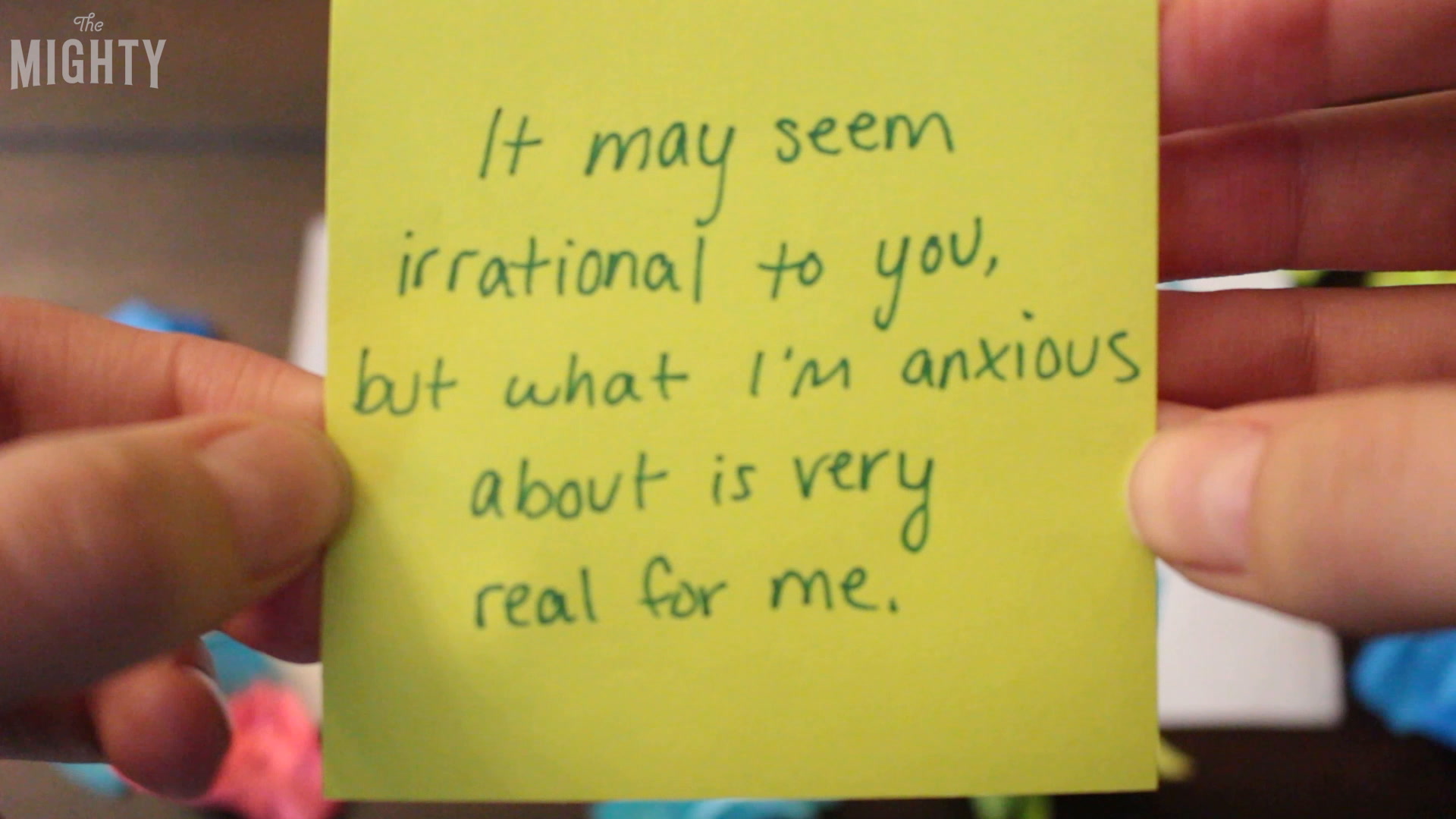
It has been said that “no one escapes childhood unscathed.” But sayings like these can have an especially significant meaning for a person who has experienced emotional abuse as a child.
The effects of emotional abuse can be both debilitating and far-reaching, often extending out of childhood and into adolescence and adulthood. For many, experiencing emotional abuse at a young age can affect their self-worth and relationships. For some, emotional abuse may even have contributed to a current struggle with mental illness.
Our partners at The Mighty wanted to know what kinds of effects childhood emotional abuse can have on adulthood, so they asked their mental health community to share one thing they do now that stemmed from the emotional abuse they experienced in their upbringing.
No matter what your experience of childhood abuse was, it is important to remember hope is never lost and there is help out there.
Here’s what The Mighty community had to say:
1. “[I] can’t stand conflict, loud sudden noises, shouting and screaming or aggression in any form. [It] triggers my fight or flight, instantly.”
2. “I can’t accept compliments. When someone [compliments] me, my response would just just be ‘umm yeah’ or I’ll just smile awkwardly. I just figured out why… During my childhood, people just [noticed] my mistakes and not my achievements. So now it is hard for me to accept compliments.”
3. “I’m an overachiever. At everything and anything. I still feel the need to prove I’m good enough. I obsess about doing a job/task to perfection. And then I obsess about how I could do it better. [I worry] about others’ opinions way too much.”
4. “I always feel like I am doing everything wrong… It’s very hard to convince me I am good at something.”

5. “I become apologetic over everything. If someone doesn’t text back, I’ll believe they’re upset with me, and I’ll apologize. If I ask for something and annoy them, I’ll apologize. Everything becomes a situation where I feel like I’m to blame.”
6. “I’m basically a hermit. My home is my fortress. I have BPD, PTSD and anxiety. It’s so hard to work or apply myself in school or just life when every time I want to apply myself, I can’t help but run to the nearest exit to catch my breath. I constantly fear everyone around me.”
7. “I have problems trusting people. I keep people at [an] arm’s length. I never really let them into my life. I don’t allow them to know of my health problems and my mental illnesses. If I do let them in, it is rare and they [will] have known me for years. It takes a long time [for me] to build trust.”
8. “Indecisiveness. [It feels like] every choice I make is wrong even if I choose the option I’m told to take…I’m afraid to [be a] parent because I don’t want to ‘mess up’ my kid.”
9. “I avoid saying anything that others might not agree with, which means I’m never being myself. I wear a mask of complete neutrality in any situation, because I’m so scared of anyone feeling negative towards me.”
17. “[I] won’t let anyone see the ‘bad’ side of myself.”
This article was originally published by our partners at The Mighty and written by Juliette Virzi.
- What my emotionally abusive childhood taught me about parenting - Upworthy ›
- A new study confirms what Buddhist monks have known all along - Upworthy ›
- Badass bikers show up for abused children, offering advocacy and protection - Upworthy ›
- What Christmas means to me now as an adult with a troubled childhood ›
- Maisie Williams opened up about her traumatic childhood - Upworthy ›
- Badass bikers show up for abused children, offering advocacy and protection - Upworthy ›
- 5 years ago, a landmark study found weird evidence that a stressful childhood affects you forever. - Upworthy ›
- What is the 'dandelion vs orchid child' theory? - Upworthy ›
- Man lists 8 things you should be doing as an adult - Upworthy ›







 Corgi cuddles spreading joy and smiles!
Corgi cuddles spreading joy and smiles! Joyful moments with furry friends! 🐶❤️
Joyful moments with furry friends! 🐶❤️

 Cat sitting in a woman's lap
Cat sitting in a woman's lap Cat making biscuits
Cat making biscuits Who knew yawning and stretching could be a sign of love?
Who knew yawning and stretching could be a sign of love?
 An O Project participant.
An O Project participant.  An O Project participant.
An O Project participant.  An O Project participant.
An O Project participant.  An O Project participant.
An O Project participant.  An O Project participant.
An O Project participant.  An O Project participant.
An O Project participant.  An O Project participant.
An O Project participant.  An O Project participant.
An O Project participant.  An O Project participant.
An O Project participant.  An O Project participant.
An O Project participant.